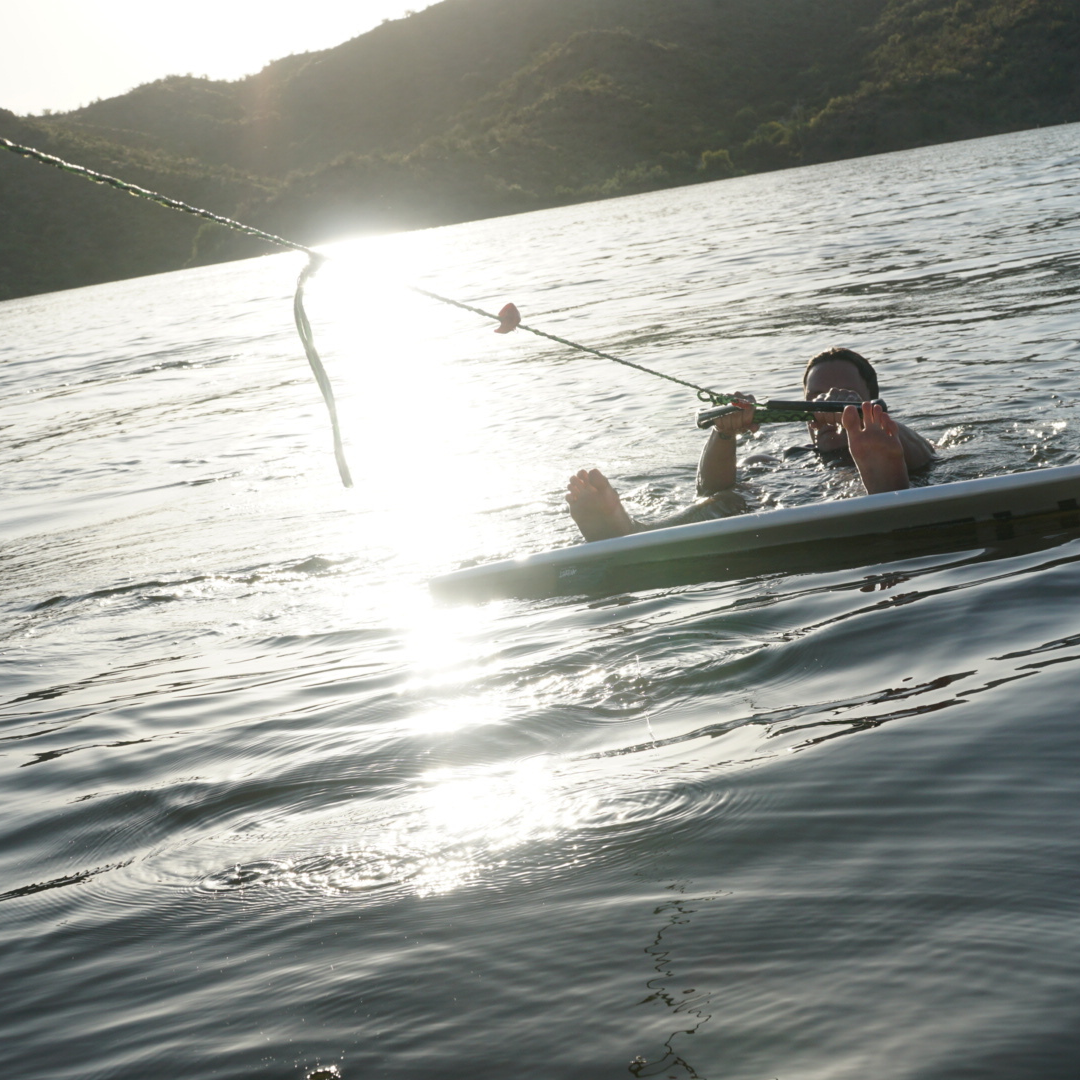
What Makes a Good Beginner Wakesurf Board?
Share
The Smith Board Co technical team recently conducted some prototype testing in Arizona and engaged in an insightful conversation with a local wakesurf shop. Our discussion centered around board design, specifically focusing on the attributes that make a wakesurf board ideal for beginners. It's a topic often overlooked by wakesurf board manufacturers, so we wanted to explore it in detail. Here's our breakdown of the essential aspects of a beginner-friendly wakesurf board.
What Do Beginners Care About?
At Smith Board Co, we believe in clear definitions to ensure everyone is on the same page. When we refer to beginners, we mean individuals who have never wakesurfed before or are still using the rope. Once a rider starts surfing without the rope, they move to the intermediate level. This distinction is crucial for board design.
For beginners, two main aspects are paramount: getting up from the water and moving on the wave with the support of a rope. Getting up out of the water is often the trickiest part for beginners and depends on the boat, wave setup, foot placement, individual strength, and the wakesurf board itself. Once up, the focus shifts to learning how to navigate the wave. For now, we'll concentrate on the wakesurf board's role in this process (we'll cover other aspects in future posts).
The Wakesurf Board: Getting Out of the Water
Buoyancy: A good beginner board must be buoyant enough to stay on the water's surface during setup. If the board sinks, it will be difficult to get up and even harder to ride once standing.
Size: The board should be the right length and width for the rider. A board that's too big can be hard to control, while one that's too small can be unstable and prone to nose diving. It's important to work with your board manufacturer or local surf shop to find the right size.
Rail Profile: The rail profile significantly impacts the ease of getting up. A rounded rail tends to slide on the water, requiring more strength to stand up. In contrast, a sharp rail bites into the water, transferring more force from the boat to the rider, making it easier to get up with less effort.
The Wakesurf Board: Moving Around on the Wave
Fins: Fins are crucial for beginners as they provide stability and feedback, making it easier to maneuver on the wave. Center fins, in particular, offer a pivot point to push off and move around. Without fins, beginners must rely more on the rails for resistance, making it harder to carve on the wave.
Speed: Speed is vital for maintaining balance and finding the sweet spot on the wave. A board with adequate speed helps prevent the rider from falling off the back of the wave and allows them to move forward to the wave's sweet spot. Achieving this balance enables the rider to progress from using the rope to riding freely.
The Perfect Beginner Wakesurf Board
Ultimately, the ideal beginner wakesurf board combines buoyancy, appropriate size, sharp rail profiles, a suitable fin setup, and sufficient speed. By optimizing these features, we can make wakesurfing significantly more accessible for newcomers, helping them enjoy the sport right from the start.
